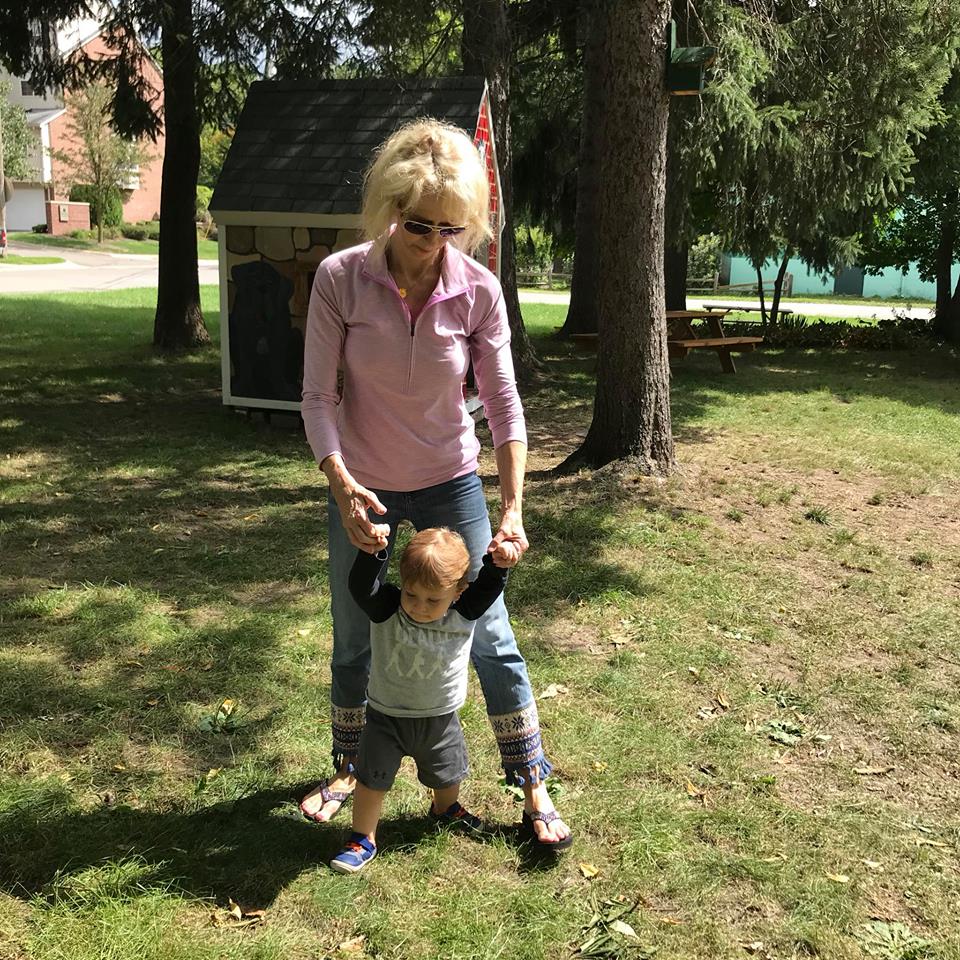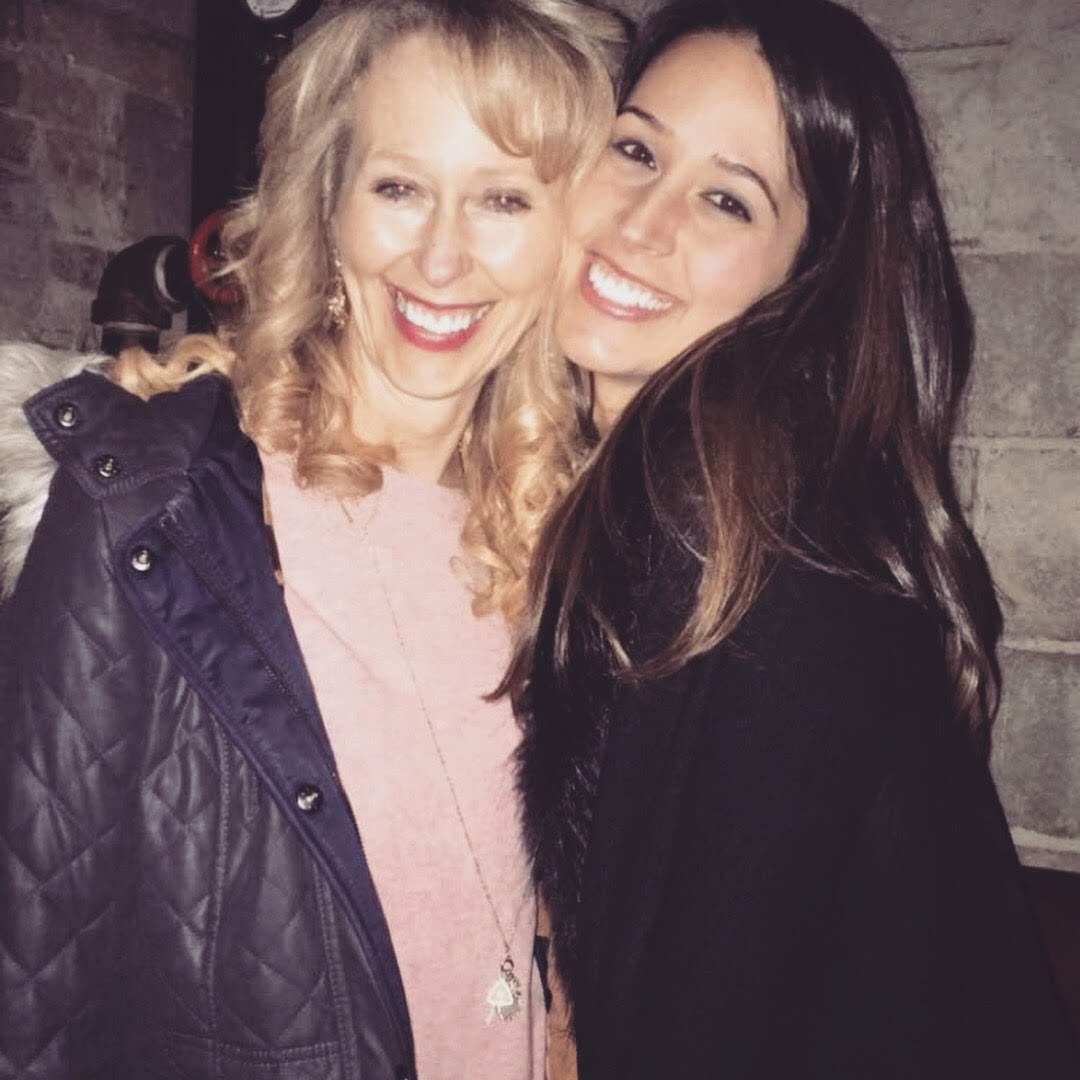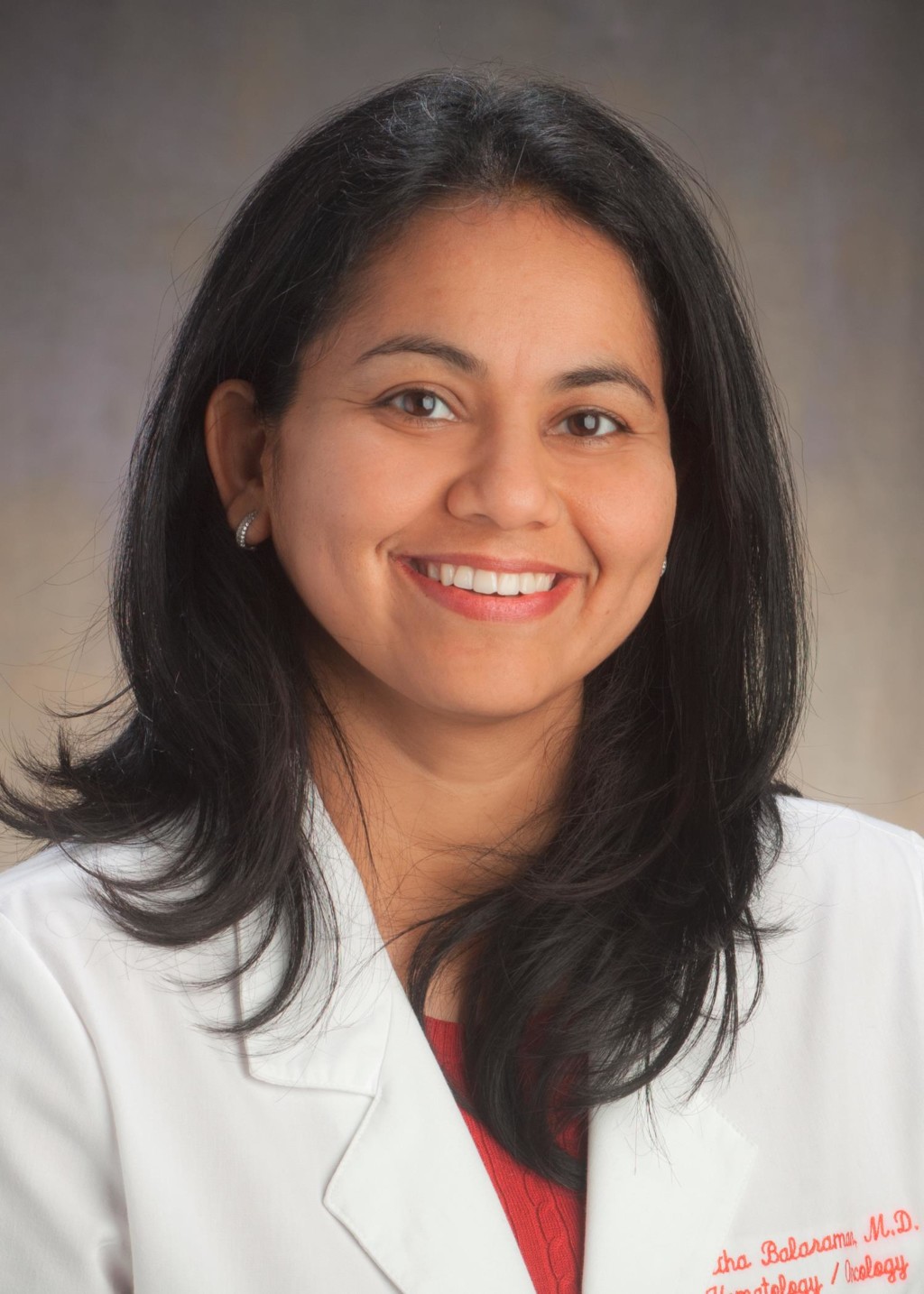My mom and I love chocolate and coffee. We value being humble and kind. We’re both former teachers and mothers of two. But one difference between us is that she had cancer, and I didn’t.
I still remember getting into my car one afternoon last summer, all frazzled trying to shut down my work mind while also figuring out what to make for dinner. I was 33 weeks pregnant with my second, so my only requirements were that it was quick and easy.
As I turned out of the parking lot, my phone rang. Good timing, I thought. My mom always knows what I can throw together while carrying a clingy toddler.
“Mom! What can I make for–”
“Honey, I have cancer.”
Looking back, there were countless other ways she could have shared this news, but after finding out only minutes before this, how could anyone blame her? Turns out that the lump she discovered one week prior on her left breast was invasive lobular carcinoma, something I had never heard of, let alone pronounce.
I am not really a “worst possibility” kind of gal, but I knew I had no choice but to force myself to remain the Calm Voice moving forward, not just for my mom and soon-to-be panicked younger sister but also the growing life inside me, the same life I, of course, always envisioned being spent with his grandmother.

Appointment after appointment, test after test, and terrifying possibility after possibility. This pretty much summed up the next month for my mom. Over the course of the next 11 though, she underwent a mastectomy and three other difficult surgeries, as well.
Throughout it all, I honestly felt helpless. Yes I attended appointments, read breastcancer.org in its entirety, and did my best to remain positive but, deep down, I was beyond uncomfortable and just really missed my mom, who, understandably, was unable to be herself.

My mother is about one of every eight women in the US who developed invasive breast cancer over the course of her lifetime; however– and I thank God every single day for this–, she will not be one of the approximately 40,920 US women who are expected to die this year of breast cancer since, as of a couple months ago, she was declared “cancer-free.”

My mom and I were always small-chested. We could never find bras that fit. We both had zero luck breastfeeding. But as much as we have always joked about our boobs, we are definitely taking them quite seriously now. And so should you.
Ladies, this stuff is real. And as you just read, it’s extremely common. Dr. Savitha Balaraman, MD, did such an amazing job breaking down information in an understandable way for me throughout my mom’s cancer journey, that I asked her to do the same for all of you:
How can I decrease my risks of breast cancer?
“There are risk factors that are beyond our control, such as being a female, age, family history, etc. But there are others that we can change and lower our risk:
- Maintaining a healthy weight, active life style with physical fitness, and limiting or avoiding alcohol.
- Women who breastfeed for several months also may get an added benefit.
- Using hormone therapy after menopause has been shown to increase the risk of breast cancer; avoiding hormone therapy after menopause could prevent this unwanted side effect of the medication.
- Women using birth control pills have a slightly higher risk of breast cancer. Once the pills are stopped, this risk seems to go back to normal over time.
Detecting breast cancer early and getting the cutting-edge treatments are the best ways to save lives. Early detection, when the cancer is small and as not spread to other parts of the body, can be treated much more successfully than otherwise.
Screening refers to tests and exams used to find cancer before it causes a symptom. Mammography is one of the best tools for screening for breast cancer. It has helped reduce the breast cancer death rate in the United States by 30 percent.
For women at average risk for breast cancer (without high risk features including previous history of breast cancer, family history, known genetic mutation, and chest radiation before the ages of 30), the American College of Radiology recommends that annual screening mammograms begin at age 40 and continue annually for average-risk women. Women at higher risk may need to start earlier (usually around 30) and will need to consult with their healthcare provider about these age recommendations. Ultrasound and MRI may be an adjunct to mammograms for some women.”
“If my mother had it, will I?”
“Family history is something we are born with. However, understanding our family history, so that our healthcare provider can guide you appropriately, is a very important aspect, as well. A genetic counselor can guide you to obtain blood tests to determine if there are deleterious mutations present that increase your risk of cancer. In this day of modern science and technology, knowledge is power, and ignorance is not bliss. Being knowledgeable helps us seek appropriate guidance and interventions. Ignoring our health and our risk factors for various health issues makes us susceptible and vulnerable.
In women who already have a higher risk of breast cancer (for instance, a strong family history of cancers, a known genetic abnormality that increases breast cancer, or women diagnosed with precancerous lesions in the breast), there are some things that can help lower your chances of developing cancer:
- There are non-chemotherapeutic medications like Tamoxifen, Raloxifene, and Aromatase Inhibitors that can help lower the risk of breast cancer.
- In a small number of women, surgery to remove the breasts and/or the ovaries may be a reasonable option. While surgery can decrease the risk of breast cancer though, it will not completely eliminate the risk.
- There are women who take to the approach of surveillance or close observation and have more frequent visits and tests to look for breast cancers.”
“If a loved one is diagnosed, what should I do?”
“Cancer diagnosis can change the lives of those affected and those around them. Families can give comfort and strength. Relationships become more meaningful and stranger as people develop a new understanding of each other. Staying positive and reiterating messages of hope and encouragement can spur the affected person to realize they are not alone in this journey.
Talking about tough subjects openly and honestly, staying flexible, and making adjustments to support the needs and expectations of the person dealing with cancer sets the ground for accomplishing realistic goals. Many times, being there and listening, matters most.
A diagnosis of cancer can affect the fabric of a family. Changing roles and responsibilities can test relationships. The person with cancer needs to focus on treatment and may not have the energy or strength for their regular household activities. Other family members need to take an active role. Family meetings help check in on all members of the family and make sure everyone is coping with the changes. These meetings can help prepare for the week ahead, assign responsibilities, and act as protected, special time to spend together as a cohesive unit.”
She added that setting up a community of support by organizing rides, meal deliveries, and other tasks is also extremely beneficial, as well.












Love you, one of my guardian angels!